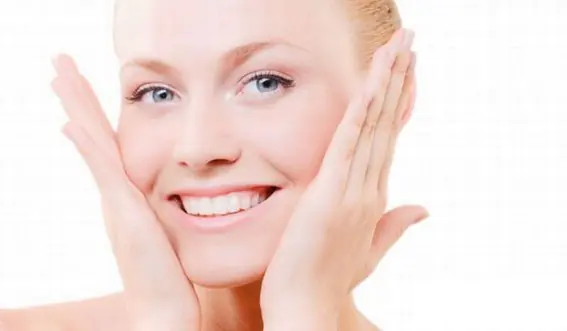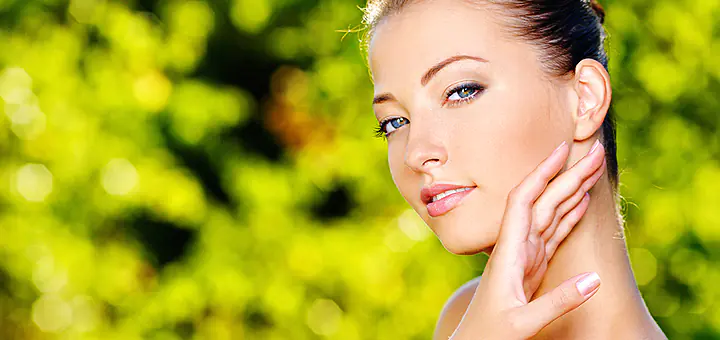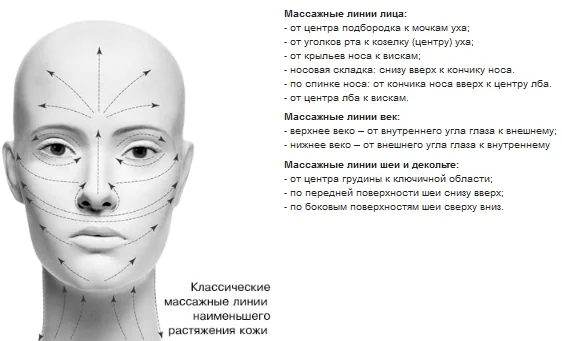With age, the beauty of the body and face loses its position. People go to great lengths to stop the process of skin aging and restore their former youth. It all starts with various cosmetic procedures, masks, and ends with surgical intervention. Classic facial massage is the “golden mean” that is truly effective and painless.
This procedure is very pleasant and beneficial for the skin. Our face contains nerve endings. Massage movements have a calming effect on them, relieving stress and tension, and a person finds peace. A massage done in the morning will give a boost of energy to the skin and the body as a whole.
But the most important point that attracts all representatives of the fair sex is the rejuvenating effect. Regularly performing a classic facial massage will preserve the beauty, youth and freshness of the skin for many years.
It is worth noting that the procedure helps to cope with existing skin defects, because in the process the work of the lymphatic and circulatory systems is stimulated. This leads to the fact that the process of skin regeneration (renewal) increases several times.

Classic facial massage will help maintain the youth and beauty of your skin
What effect should you expect?
The massage procedure was introduced to the world by Eastern sages. For over 2000 years, massage has been improving our physical and spiritual well-being. A timely massage course will delay the appearance of the first signs of aging and keep the skin youthful for a long time.
What results can you expect if you regularly perform classic facial massage:
- smoothing wrinkles and folds;
- skin tightening in the chin, neck, cheeks;
- correction of the oval of the face;
- elimination of tissue swelling;
- elimination of congestion in tissues;
- improving complexion and giving a youthful glow;
- improved muscle tone;
- improving blood circulation and metabolism.
I would also like to note a significant improvement in blood circulation in the structures of the hypodermis, while improving the drainage of lymphatic fluid, which helps remove toxins and waste from the body. Many experts recommend a massage course for the treatment and prevention of various diseases.

The result is firm, smooth and elastic facial skin.
Features of the procedure
The procedure begins with the cosmetologist-massage therapist conducting a conversation with the patient. During the process, the massage therapist identifies the skin type, determines which skin defects need to be dealt with and draws up a schedule of procedures. After the conversation, the patient understands what problems massage can solve.
Stages of massage:
- skin cleansing;
- applying oil according to skin type;
- eliminating fund balances;
- moisturizing facial skin.
One massage session lasts 10-15 minutes, depending on skin type.
Many women do not think about the fact that they need to take care of the beauty and youth of their skin from the age of 25. Why exactly from 25 years old? Because the aging process begins around this age, but you can visually observe the process of skin withering from the age of 30. Therefore, you need to take care of your skin health in advance and perform the necessary procedures in a timely manner.
Cosmetologists have identified one of the most common schemes for maintaining the beauty and youth of the face:
- from 25 to 30 years old you need to undergo an annual cycle of 10 sessions;
- from 30 to 35 years - twice a year, a complex of 10-15 procedures, in combination with nourishing masks;
- From 35 years old, it is necessary to undergo a massage course three times a year for 15-20 sessions in combination with peeling and cosmetic masks.
The interval between procedures is 1-2 days.
Classic massage cannot be classified as one of those types that have an aggressive effect. All techniques and movements are performed smoothly, gently and accurately. There is virtually no pressure on the skin. Basic massage techniques for massage:
- stroking;
- trituration;
- pat;
- vibration.
All movements are performed along massage lines. We invite you to familiarize yourself with the detailed diagram of massage lines.

Who should refuse classical massage sessions:
- open wounds, pustules, abrasions;
- fungal skin disease;
- allergic reactions;
- infectious diseases;
- problems with the thyroid gland;
- oncological diseases.



